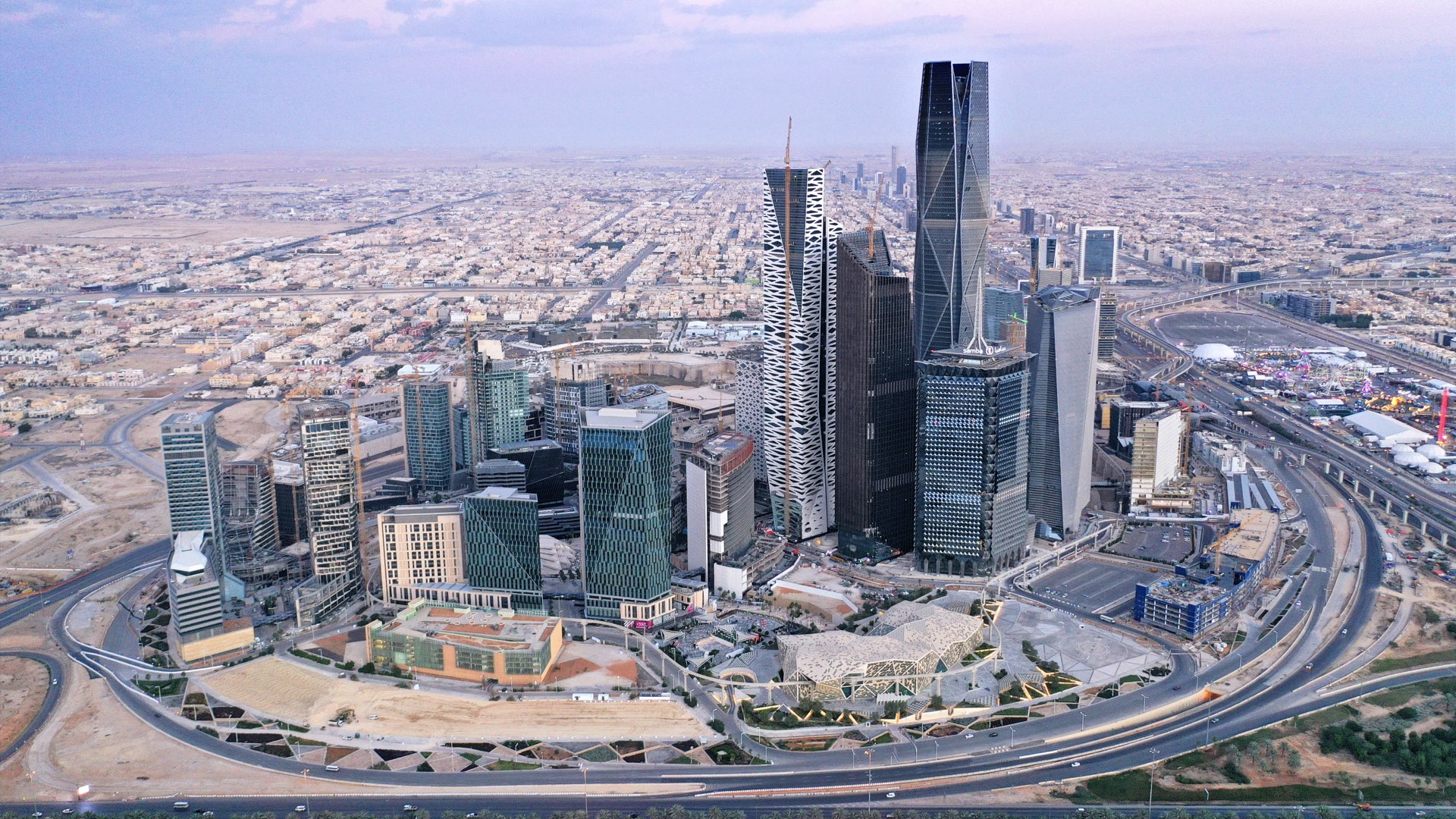Riyadh-based Jadwa Investment says it sees Saudi Arabia’s non-oil economy continuing its growth streak through 2023, “growing well in excess of 5 percent,” according to a report issued by Jadwa.
Overall GDP growth is set to slow to 2.8 percent from last year’s world-leading 8.7 percent as oil production is reined in, Jadwa said.
Growth in the non-oil economy is “increasingly broad-based. A notable feature is investment and consumption growing in tandem, with giga-projects driving the former and female labor force entry underpinning the latter. Meanwhile, the local private sector is shifting into expansion mode, as evidenced by the surge in IPOs last year.”
There are plenty of variables and challenges in the global economy in 2023 ahead.
“The global economy provides reasons for cheer and gloom depending on the relative importance one gives to a) a possible US recession, and b) the resurgence of post-Covid-19 Chinese demand. Any US recession seems likely to be mild and short-lived, given comparatively strong household balance sheets and—the potential at least—for the US Federal Reserve to revive demand through interest rate cuts. China’s structural issues are deep-seated, but these are unlikely to derail a vigorous recovery as the country’s consumers make up for lost time. The eurozone too appears to be poised for some kind of revival as the uncertainties around energy supply dissipate…” Jadwa said of global challenges.
“Still, any US recession—no matter how mild—will have an impact on global growth, and a slowdown in global GDP from 3.4 percent to 2.9 percent is anticipated by the IMF. Assuming the Fed does intervene, then things will probably look much brighter a year from now.”
Given these uncertainties, according to Jadwa, Saudi oil policy is set to remain conservative. The authorities are not yet convinced that oil demand is sufficiently robust to absorb an increase in supply, especially with non-OPEC output likely to stage a recovery this year. Thus, the authorities say they are committed to keeping output at the November 2022 level.
The bank says it is “more upbeat about the oil outlook given the vigor of China’s rebound. We think demand will be strong enough to push the market into a moderate deficit this year, which in turn will allow Brent to average $90 per barrel (pb). Given this, there is some positive risk to the Saudi oil production stance, and with it the potential for some hydrocarbons GDP growth.”
The central government budget in Saudi Arabia should record a small surplus this year, even as revenue declines slightly. Capex is expected to increase, but the general trend of the Public Investment Fund (PIF) and the National Development Fund (NDF) financing much of the project spending is expected to remain intact. The current account has shrugged off the surge in import spending, and should record another surplus this year thanks in part to the pickup in non-oil exports and enhanced tourism earnings.
[Click here to read the report from Jadwa Investment] [Arabic]









